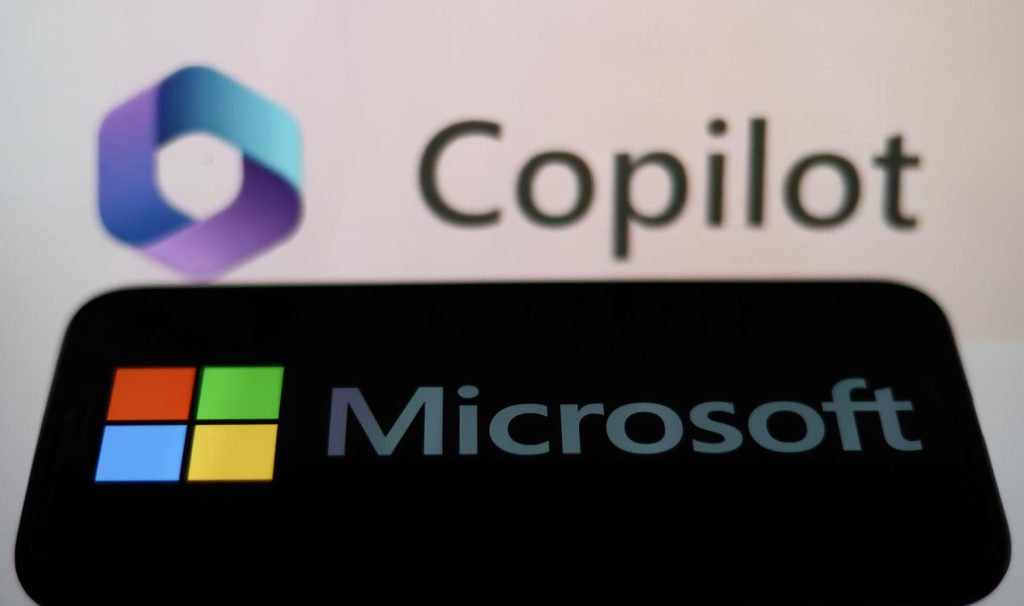In the next few months both Microsoft and Google are planning on releasing their latest generative AI applications for businesses.
Drawing on its ownership of OpenAI’s technology, including ChatGPT and Dall-E, Microsoft is readying Copilot, its advanced AI assistant that will help Office 365 users write better emails, more easily create PowerPoint presentations, analyze complex spreadsheets, manufacture quotes and proposals from various sources and even – and I’m not kidding – allow a Teams user to attend more than one meeting at the same time. Google, not to be outdone, will be introducing similar AI functionality – called Duet – for its Workspace platform.
30 Bucks A Month?
Both tech firms have announced that their added AI tools will cost. And it will cost a lot. Both companies plan to charge $30 per month per user for any organization that wants to use Copilot or Duet. Which means that my company, for example, with only 10 users, will be paying $3,600 a year for AI. That’s a lot of money. And for what? A nascent, unproven and potentially unwieldy tool that could likely create more problems than it solves?
Most of my clients use either Office 365 or Workspace for their office systems and, anecdotally, most agree. They’re not going to pay. And that’s a problem for Microsoft and Google.
Why? Well, we’ve been to this rodeo before. And we all remember “Clippy.” AI is still very, very new. Most businesses are still trying to get their arms around the benefits of this technology and how they can use it in their businesses. Other than poking around with tools like ChatGPT to help create a recipe or write a blog post a typical manager or office worker will need time to truly understand this functionality. Training and education will be needed, and people are going to be frustrated by this. They’re going to ask why the glorious, earth-changing, mind-blowing promises of AI, which is supposed to increase productivity and reduce overhead, is actually creating higher costs and an added burden.
More importantly, and given the security, privacy, accuracy and bias concerns we all have around this stuff, many of us will feel reticent about using – and paying for – these tools until we are very confident that they actually work and can be relied upon. Oh, and we’re even less confident in the integrity of our databases to truly leverage AI too.
Why Microsoft Doesn’t Build Airplanes
Earning this confidence is in itself a substantial feat, given that anyone over the age of 40 who’s used Microsoft products know that they’re never ready for prime time until after at least their third iteration. Ever wonder why Microsoft software doesn’t power airplanes or run self-driving cars? Just ask the people at Tesla, Waymo and other companies. Their autonomous vehicles are frustratingly slow to market because any glitch could prove fatal. For Microsoft – and Google – their AI tools can (and will) make lots and lots of mistakes and it’ll be chalked off as “bugs” that will be “fixed in the next build” or will improve once their AI products get “better trained.”
And we’re expected to pay for this all the while?
I was surprised when both Microsoft and Google announced organizations will have to pay an extra price to use Copilot and Duet. If you haven’t figured out by now, I’m skeptical of the strategy. I’m expecting a backlash of organizations that feel the same way.
The Coming Backlash
My company and my clients already pay for Office 365 and Workspace and our understanding – now that we’ve been forced into the cloud-based-monthly-fee-model – has always been that software makers would commit to offering better, reliable and more useful software for the same price in order for us to continue to pay their monthly fees. How naïve we are. Copilot and Duet aren’t separate, standalone applications like Word or Sheets. They’re built into Office and Duet like any other new feature set. So why charge more? It seems premature and a little bit greedy.
Until I’m convinced that Copilot and Duet are really worth $3,600 a year, I’m not buying and I know I won’t be the only one. Despite the inevitable PR and marketing campaigns from Microsoft and Google I’m betting that both companies will ultimately resort to new pricing levels will need to be introduced dependent on the level of functionality a user wants. Just like any application.
People aren’t going to pay for something that’s mostly an unknown. My clients aren’t able to perceive AI’s value until they’re actually using AI. Asking them to pay for these tools upfront is premature.
Read the full article here










